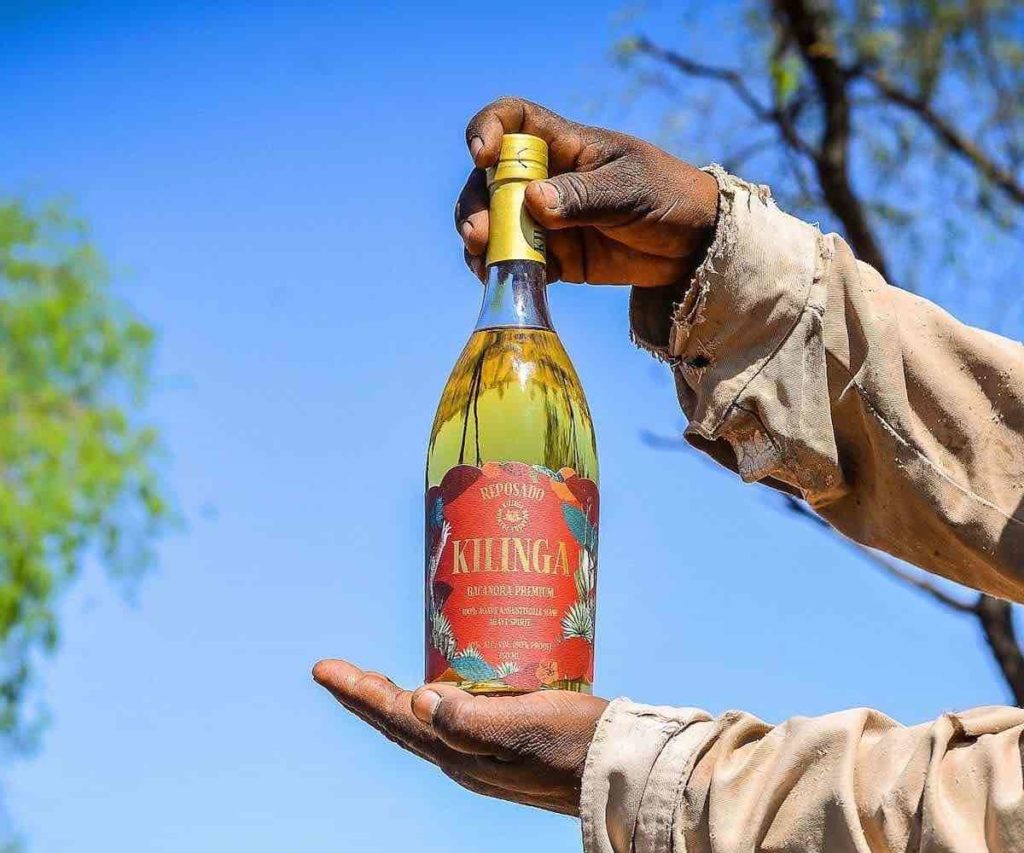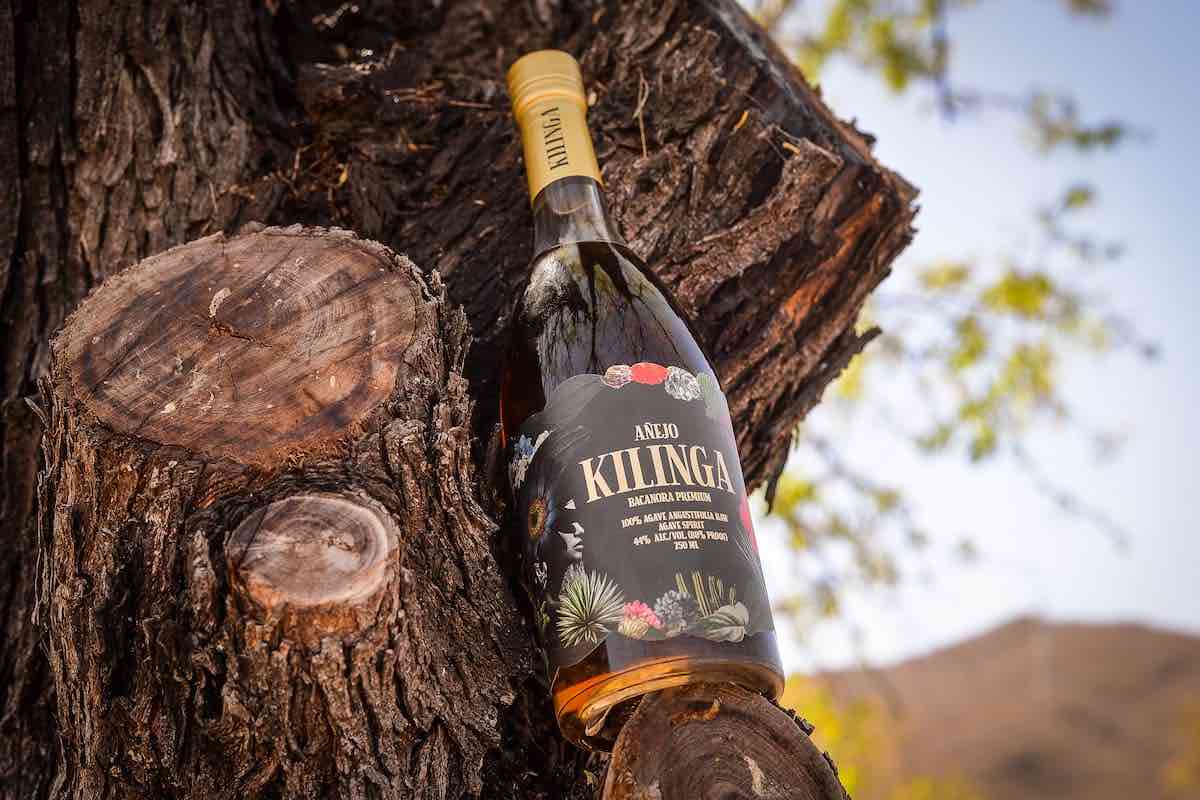As we approach what appears to be peak tequila with new, celebrity-backed brands launching on a daily basis, now’s a good time to consider less-seen agave distillates. And within that narrowly defined category, perhaps no agave distillate is less-seen than bacanora—though that may be changing, and fast.
What is bacanora?
Bacanora is an agave spirit native to the Mexican state of Sonora. While it has been distilled for the past 300 years, a significant amount of that output was by bootlegging—a local prohibition against bacanora remained on the books until 1992.
It is distilled from a single type of agave—agave angustifolia, sometimes called “Caribbean agave” or “wild agave.” In contrast to other mezcals (the larger umbrella category under which bacanora falls), it does not possess a smoky flavor, but is typically crisp, floral, and peppery.
Since receiving its Denomination of Origin in 1995, what can be labeled a bacanora has been determined by the Consejo Sonorense Regulador del Bacanora. The regulatory body assures that the spirit is distilled from agave angustifolia that was planted and grown within the state of Sonora.
Thanks to its longtime prohibition, bacanora distillation was largely done by small mom-and-pop operations, and it remained virtually unknown north of the border. But it’s slowly making its way to the states thanks to makers like Kilinga Bacanora, which is only the second bacanora to receive recognition by the Consejo Sonorense Regulador del Bacanora, and the first officially recognized bacanora to be sold in the United States.
Two expressions of Kilinga Bacanora are currently available on the U.S. market: Bacanora Silvestre, made with 7-to-8-year-old agave angustifolia pacifica, and Bacanora Blanco which is distilled from agave angustifolia pacifica allowed to reach 10-12 years of age. Later this year, Kilinga plans to introduce two additional expressions: Bacanora Reposado, aged in American oak barrels, and Bacanora Añejo, which is aged in French red wine casks.

Founder and Maestro Bacanorero Rodrigo Bojorquez Bours—who established the brand in 2018—admits that there is still work to be done.
“Bacanora is recognized by very few people in the U.S., period,” he says. “However, we are working towards having more and more people experience it, so they also start to recognize it.”
How do you drink bacanora?
As Bours explains, bacanora—whose flavor is directly connected to the terroir of the Sonoran Desert—has through most of its history been consumed neat.
“In Sonora, people usually sip bacanora straight and chase it with beer or water. With Kilinga’s bacanora, you can do the same or you can sip it out of a snifter glass due to its smooth, complex character.”
That’s not to say that it’s off-limits to cocktail-making. The spirit is slowly making its way onto cocktail lists, and Bours believes that the best approach is to mix it with elements that will complement, rather than mask, its distinct character.
“Kilinga Bacanora is used in cocktails with flavors that enhance its uniqueness,” he says. “Flavors that further balance Kilinga Bacanora’s floral and earthy notes, such as oranges, kumquats, berries, and cucumbers to name a few.”
How you enjoy bacanora will be entirely up to you—but it may prove to be the break from tequila we all need.



